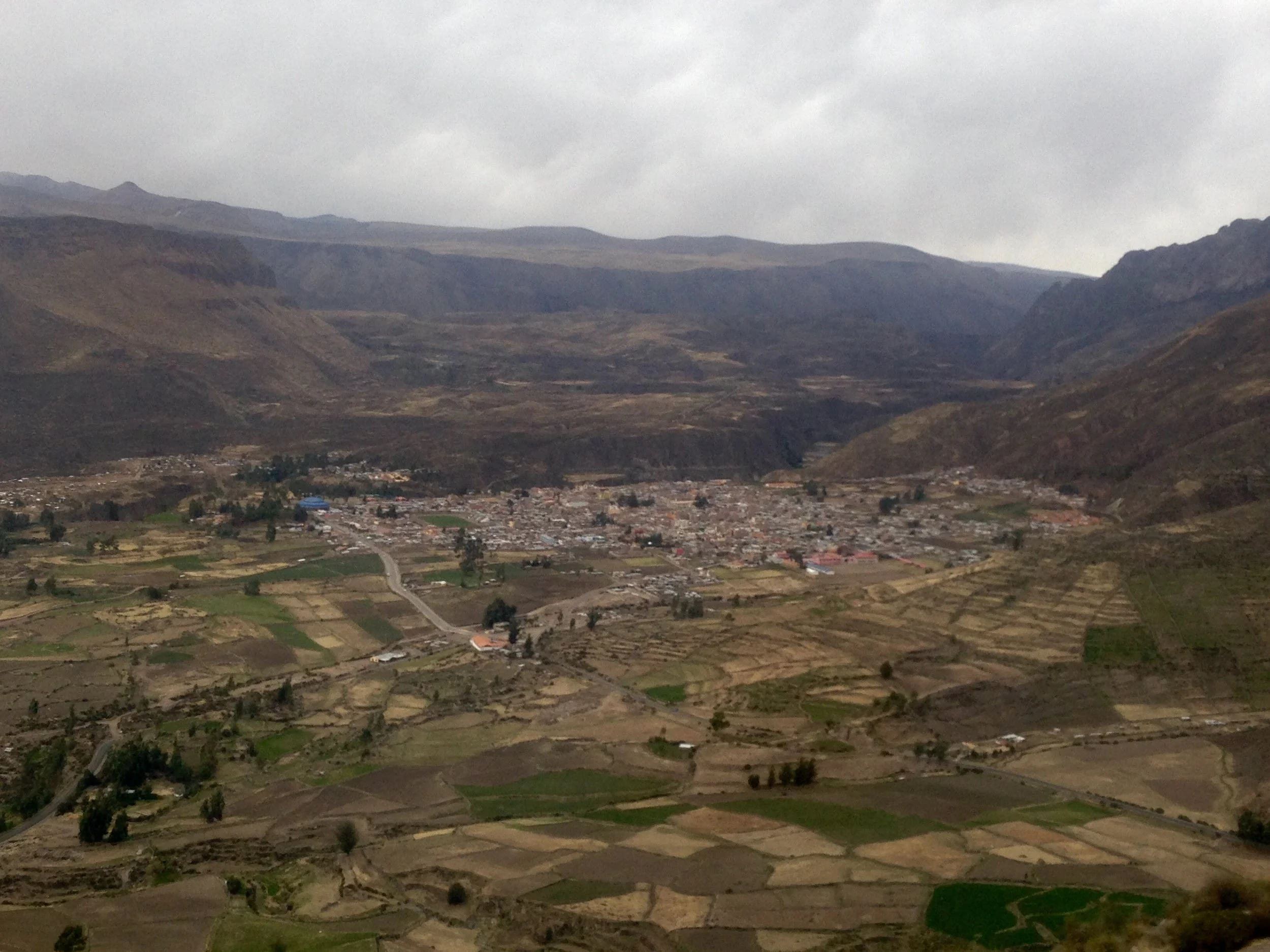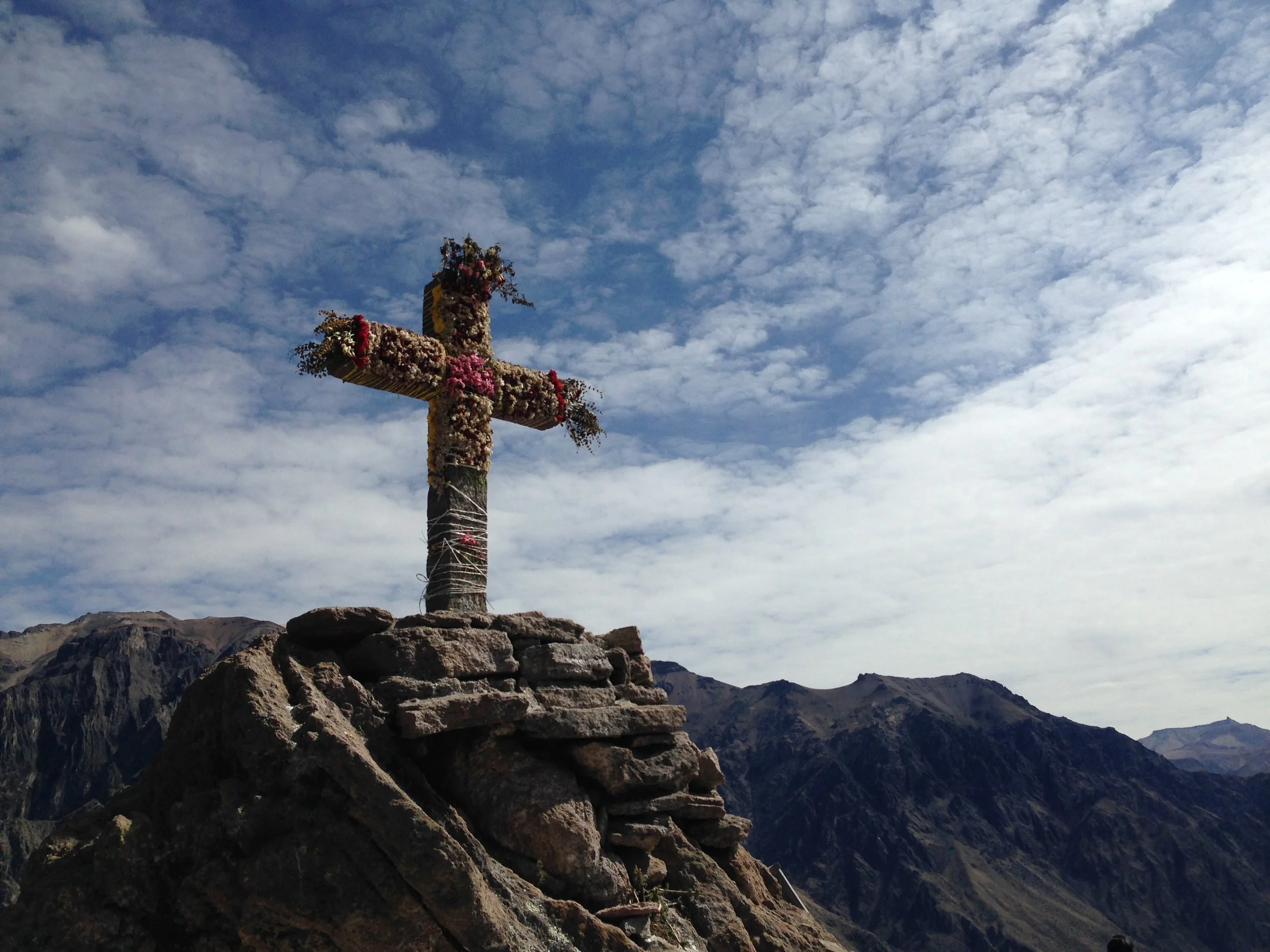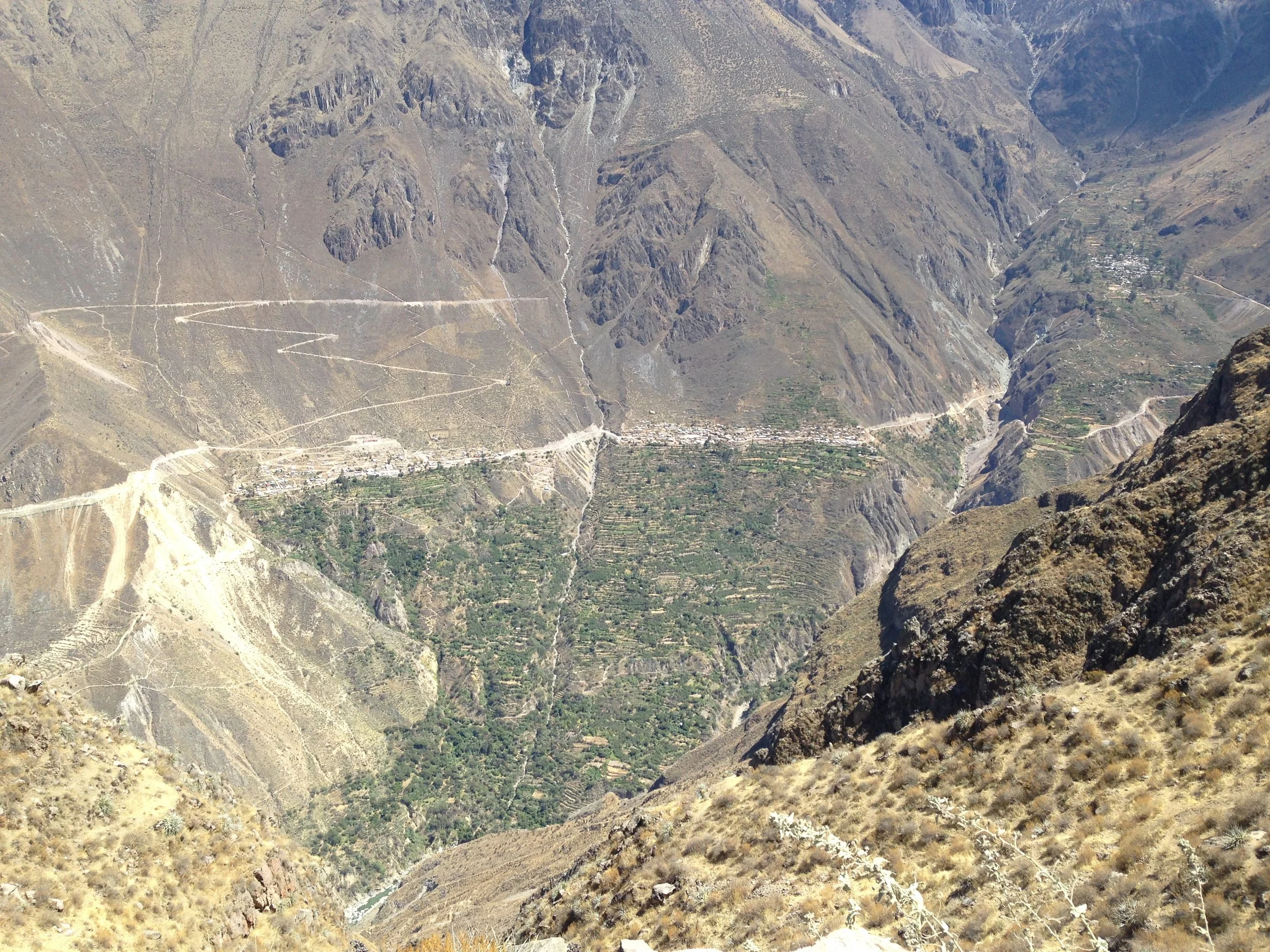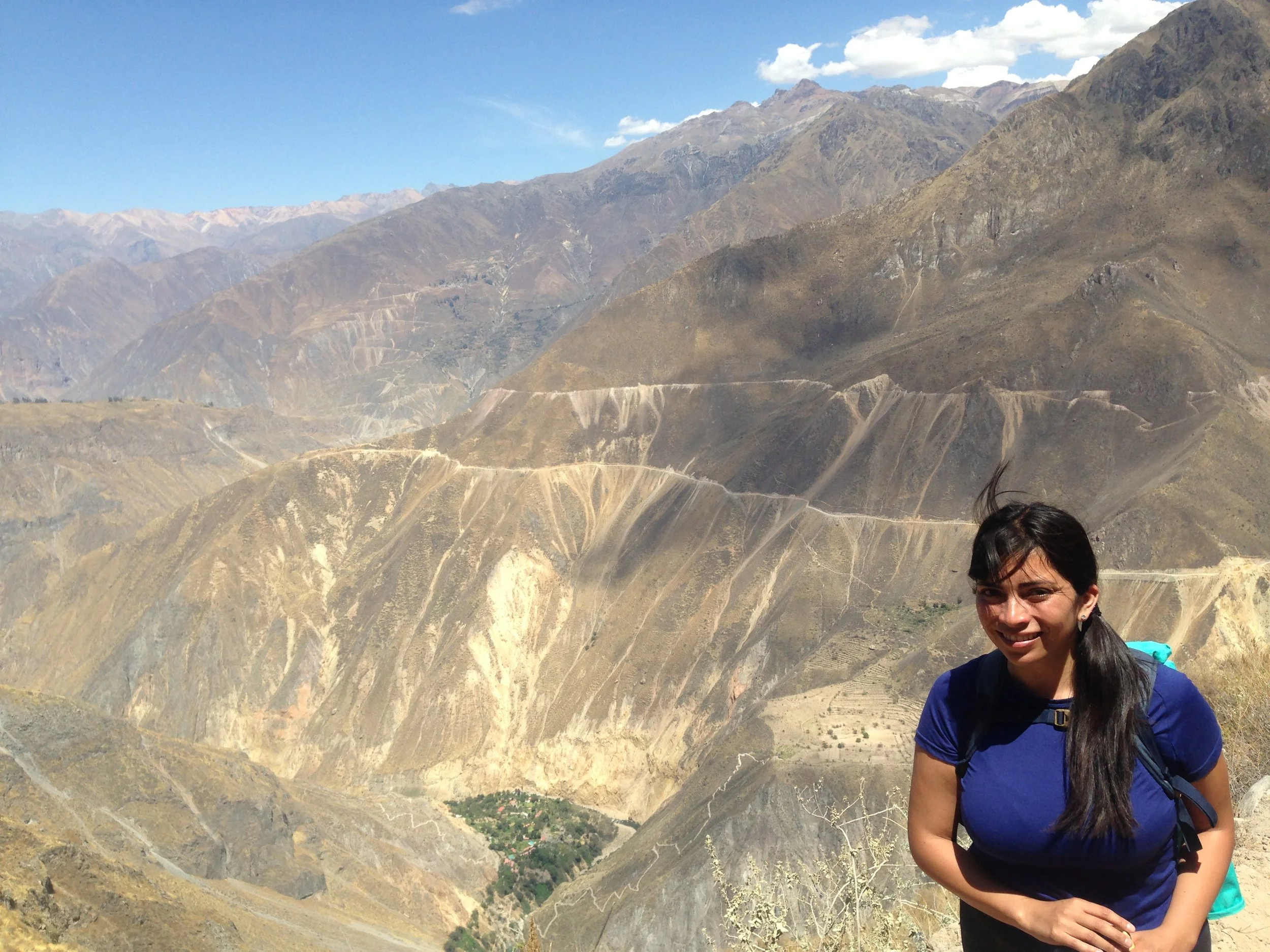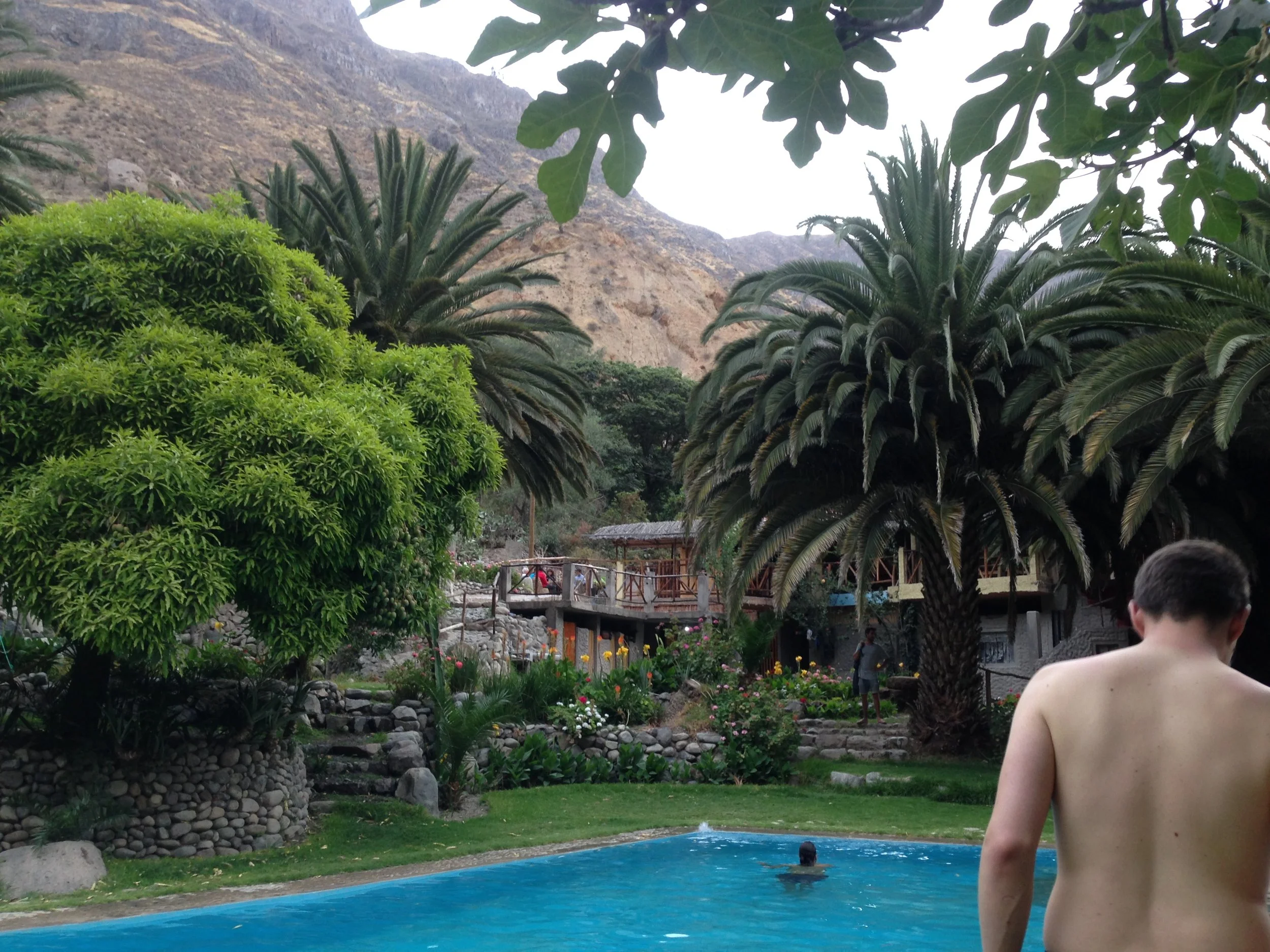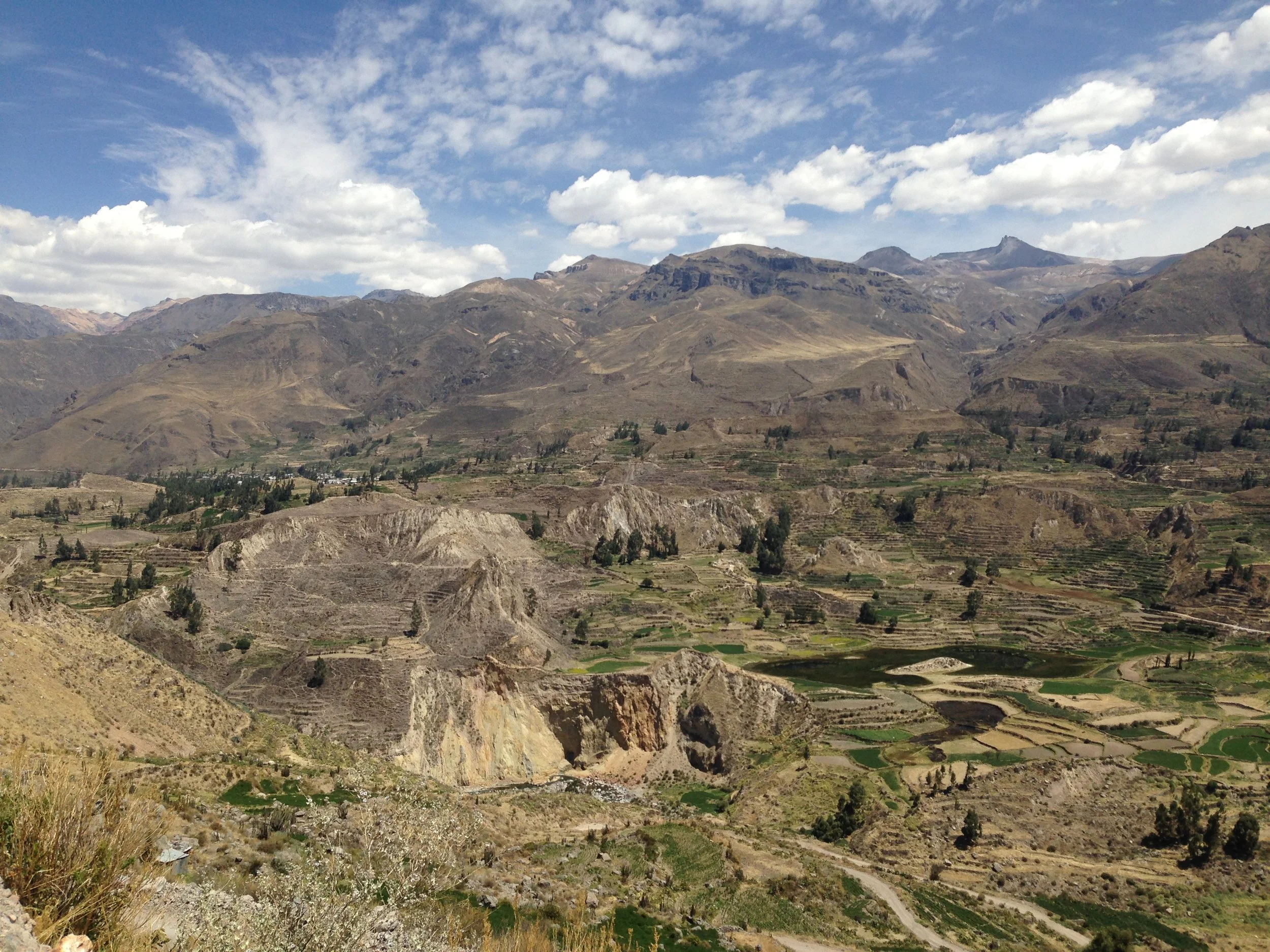Into the Depths of Colca Canyon: Chasing Condors in the Andes
This story is part of a six-week journey through northern Chile, Bolivia, and southern Peru — all the way to Lima.
Because this was a long journey, we had trained physically for several months to be ready for all the hikes we had planned.
This was the first trip we planned where we would be physically challenged, not only by the hikes themselves but also by the altitude. We began our journey in Bolivia, over 13,000 feet above sea level. By the time we reached the Colca Canyon, our bodies were already accustomed to the conditions.
Canyons were something completely unknown to me. In Chile, I had never visited any significantly deep canyon, and to be honest, they had never particularly caught my attention. But the intrigue and sheer grandeur of the idea of witnessing Andean condors flying freely in their mountains was too good to miss. “Good”? No, that word feels far too small. Watching birds in their natural habitat is always impressive, but can you imagine seeing a condor fly, spreading its wings, its entire body — almost ten feet across — gliding above you in the Andean skies?
As we moved away from the city of Arequipa and approached Chivay, the air changed. The landscape became more arid; the shrubs began to transform. Suddenly, the bus stopped in the middle of nowhere. There was no one around. The driver waited — one, three, five, ten minutes — and then, in the faint glow of the desert’s yellow, two colorful figures appeared, one slightly taller than the other. In the blink of an eye, an Indigenous woman in traditional dress climbed aboard with her llama, and we continued toward Chivay.
Route to Chivay from Arequipa
Chivay appeared quietly in the distance as we hiked down from the ancient village of Uyo Uyo.
As soon as we arrived, the Andean cold settled into every corner of the town, perhaps giving us a brief respite from the intense heat that would embrace us in the coming days.
Viewpoint Cruz del Condor
Because yes, the mountains are extreme. They forgive nothing. And this canyon — one of the deepest in the world, and the second deepest in Peru — holds countless secrets. Our goal was to descend to the base of the canyon, where an oasis awaited us: small wooden cabins, a river to bathe in, fresh fruit from the trees, pepper trees along the path, and condors flying above and around us.
Colca Canyon
As we began our descent into the canyon, the stunning agricultural terraces, crafted centuries ago by the Collagua and Cabana civilizations, came into view.
From the top of the canyon, the end is almost not visible. The descent is intense, rocky, and without any shade. The sun beats down mercilessly on those daring enough to explore the canyon’s treasures. I have rarely felt the sun’s intensity so strongly. It required full concentration, especially during the last two hours of the trek. Slowly and carefully (especially to protect our knees), we descended further and further into the canyon. Along the way, we met different travelers who had succumbed to the physical, mental, technical, and spiritual challenges of the journey: people with torn shoes, health problems, heatstroke, fractures, intense fatigue — in various situations we could help one another, and some were rescued by guides and sent back for medical attention.
We went slow, because we were going far.
The oasis we longed to reach was still ahead
Colca River
What a relief it was when we finally reached the Colca River! The fresh air was like a refreshing kiss from Mother Nature. We took a moment to rest, wet our feet, cool our heads, refill our water, and continue walking along the beautiful river, among the charming pepper trees that release their scent as you move.
I must admit, reaching the oasis was incredibly surreal. “Oasis” is a word that promises so much! And it fulfilled all expectations. A beautiful place with palm trees to rest in hammocks, and wooden cabins, light and airy, in a tropical microclimate. What a wonder — how small I felt among these mountains.
Yes — that’s me, swimming in the oasis!
Given the challenge of the descent, which began at noon and ended at 7 p.m. at the oasis, planning the ascent carefully was crucial. The sun can become a very dangerous enemy in this situation. Dehydration is a real and constant threat. After speaking with the locals, they recommended starting the hike before dawn so we could take full advantage of the night’s shadow for the climb.
I should also share that, among all the travelers in our group, my husband and I were among those with the least experience and physical endurance (yet we managed to reach the oasis without incident). Taking care of our physical integrity was a priority, especially considering we still had a few weeks of travel ahead.
We woke up at 4 a.m., began walking at 4:20 a.m. in darkness, with headlamps on. The ascent began in zigzags — a race against the sunrise, since there were no trees to provide shade. Time was precious. After two hours of climbing, estimating we were halfway, the first members of the group appeared, moving fast and energetic! Another hour passed, and mule drivers arrived, asking with compassion — and a slightly teasing tone — if we needed a “taxi.” No, we continued. Another hour later, three more mules passed, this time with passengers exhausted, struggling for breath. And suddenly, the sun began to rise. What an incredible spectacle the Andes offered that morning.
The sun rising over the canyon
A quick photo, and onward. Now, more than fatigue, fear began to creep in — fear of having walked so far and not finishing the hike; fear of having trained for months and not being capable of completing what we had set out to do. I remember even the guide looked at me with disbelief during the last half hour — but I made it! And that gave me so much energy and self-belief that I felt I could climb anything. Even… Machu Picchu.
A view from the top of the canyon


